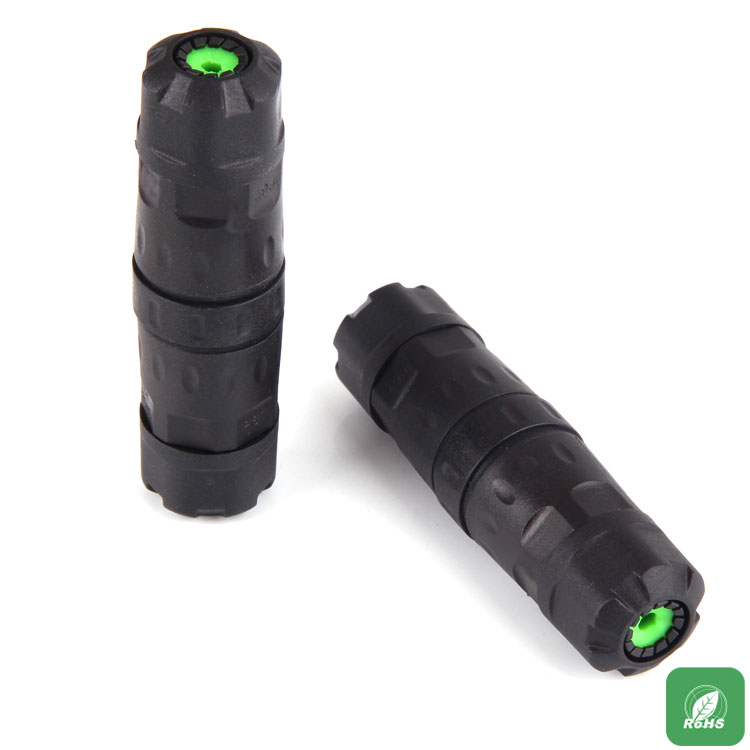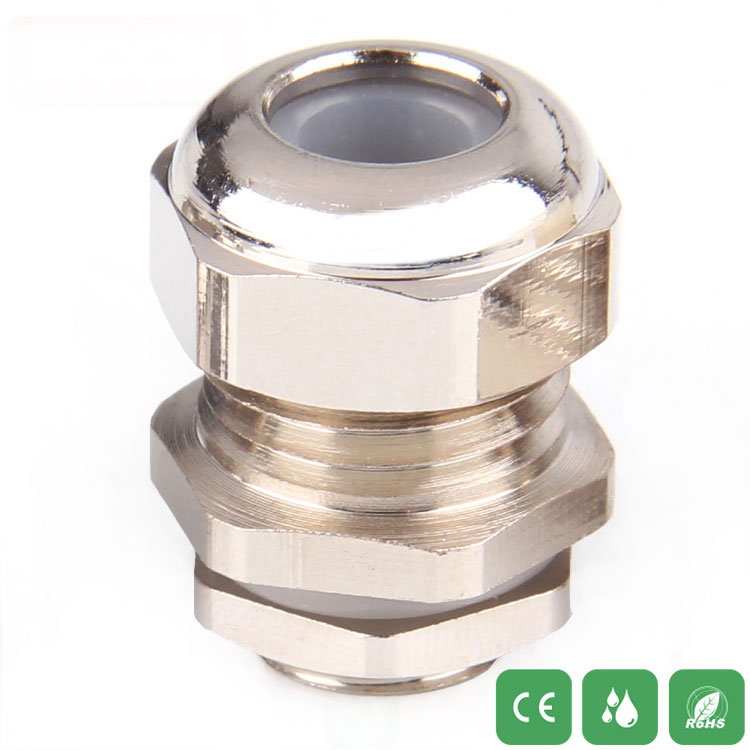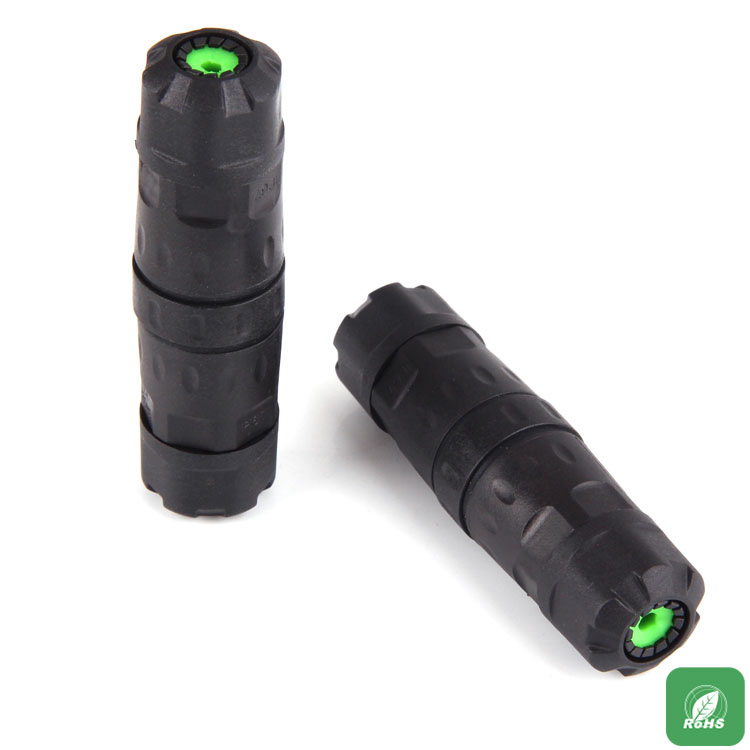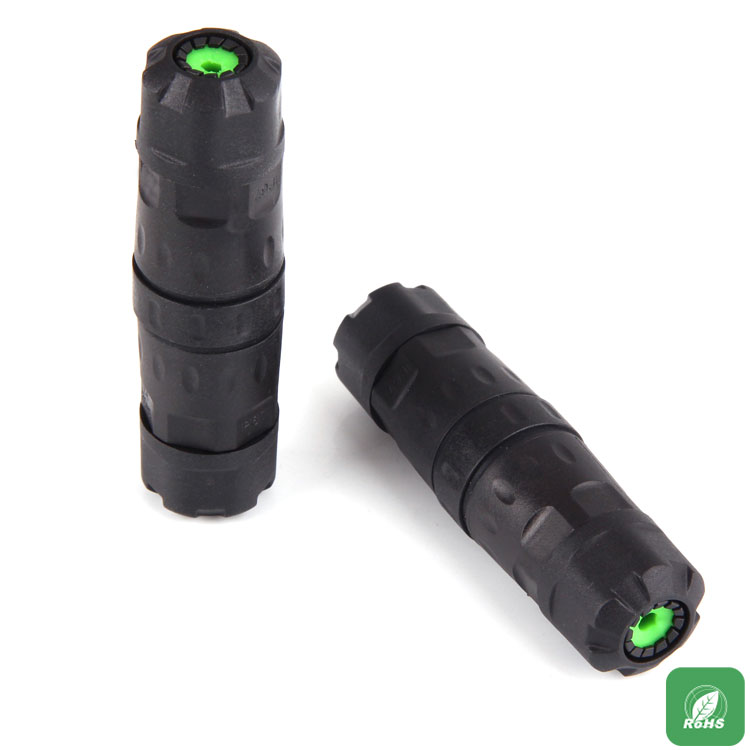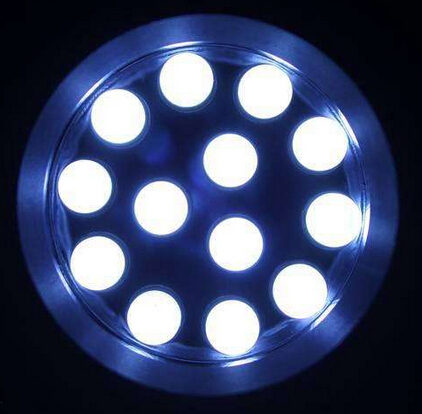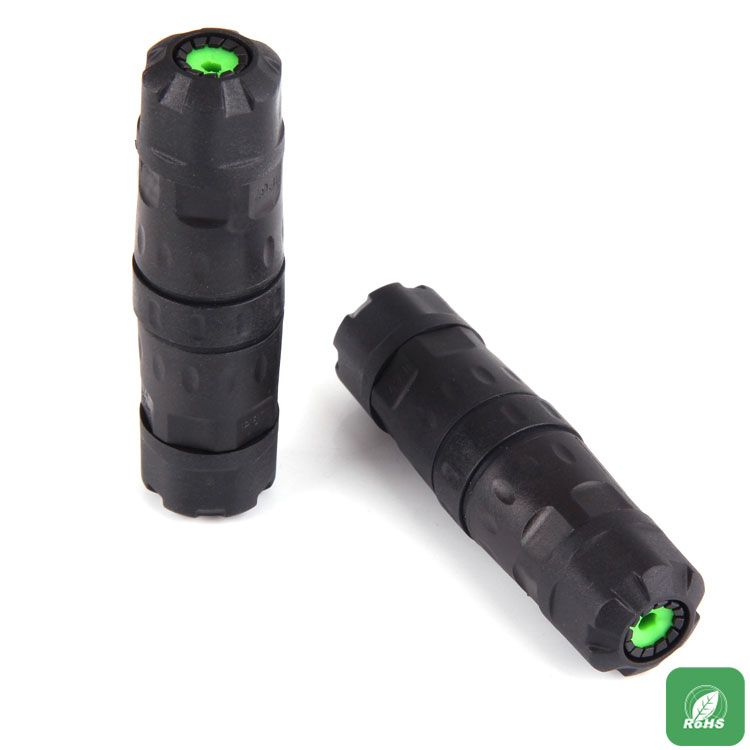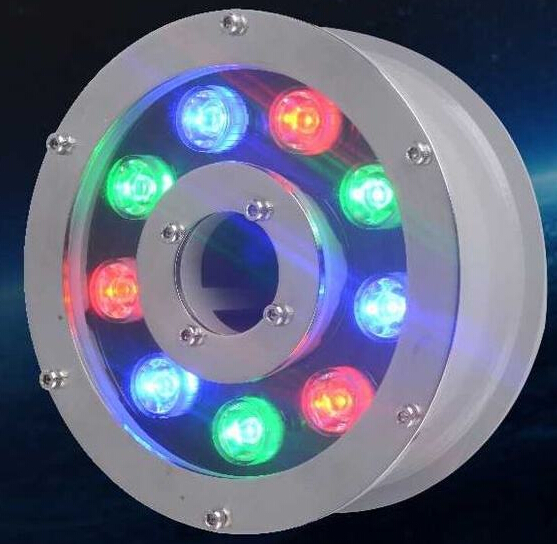Landscape lighting refers to the use of outdoor lights to help light the garden, water, building exterior or even a single tree. Both lighting functions, but also both decorative and beautify the environment function of the environment. Fully illuminated landscapes are necessary to enhance the entertaining, security and beautification of the area concerned. Because LED lights are unidirectional light sources, they play a crucial role in landscape lighting.
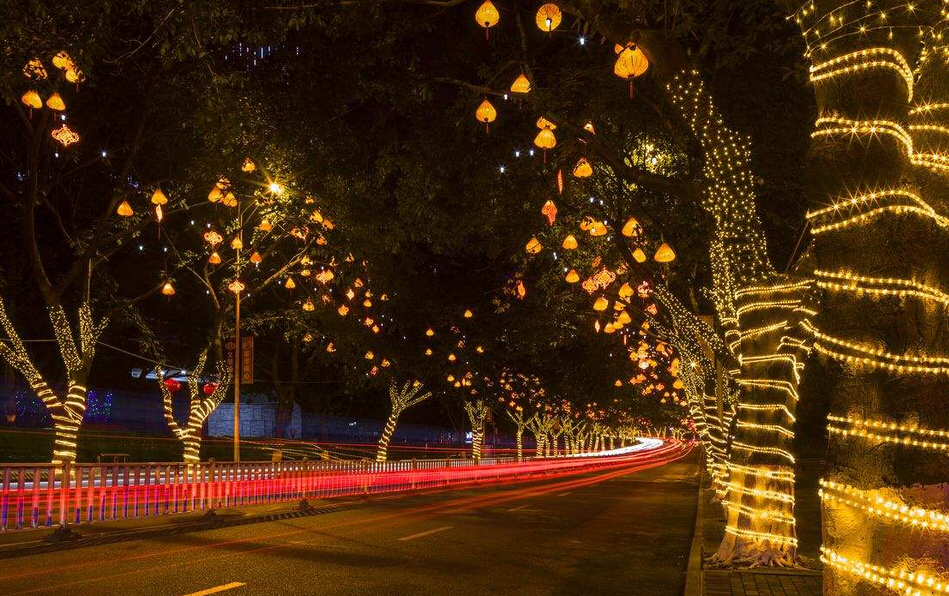
High color rendering index, color temperature options and more
When it comes to landscape lighting, LEDs are the ideal choice due to the high color rendering index (CRI) of LEDs and the wide range of color temperature options.
Advances in plastic technology and optics and integration with LEDs have paved the way for the ideal combination of optoelectronics. Another benefit of LEDs is that they do not use any filament and are inherently stronger. Moreover, the LED is not so fragile, light source waterproofing agent such as silicon or epoxy resin is very simple, reasonable and safe.Due to the small LED light source, it is very easy to produce a compact size efficient illuminator. For example, it is quite possible to come up with a fountain light to cover the entire fountain, as long as the light sources are separate, small in size, and connected in parallel.
Four unique advantages of LED for landscape lighting
Brighter, better light
The main function of landscape lighting is safety and decoration. LEDs are considered the brightest form of light and can achieve 170-180 lumens per watt and provide reliable light.
In addition to this feature, LEDs are less prone to explode or burn out at the light source in the event of overheating conditions or shorts.
Environmentally friendly
LED does not emit any infrared or ultraviolet radiation, there is no mercury. In addition, these lamps comply with the ROHS standard, which means that the LED does not contain any dangerous substances such as cadmium, mercury and the like. In contrast, metal halide lamps contain high levels of cadmium while emitting UV light and fluorescent lamps with mercury. Because landscape lights are installed near bodies of water or trees near nature, LEDs are preferred.
Low maintenance costs
The presence of a light source in the backyard light is very important because the location of the backyard light is usually in a fragile area. For example, underwater lights in swimming pools are difficult to replace because the pool is emptied should lights change. Another example is the floodlight, if there is a problem, you need a crane to recover. In most cases, replacing lights is far more expensive than lighting.
Low voltage operation
The functional voltage of LED is lower than 4V DC, in order to make it run on 220V, we usually use the switching power supply, reduce the voltage, thus convert AC to DC. In the case of any lamp that is in direct contact with water, it is advisable to operate at a lower voltage in order to avoid disasters when the current flows out.
When it comes to traditional light sources, we need to use specific inverter circuits to increase the voltage and convert it to alternating current. This reduces the safety and life of the luminaire while increasing the cost of the luminaire. In addition the LED is a safer choice to operate at low voltage and is very safe to operate.
















 RCCN WeChat QrCode
RCCN WeChat QrCode Mobile WebSite
Mobile WebSite